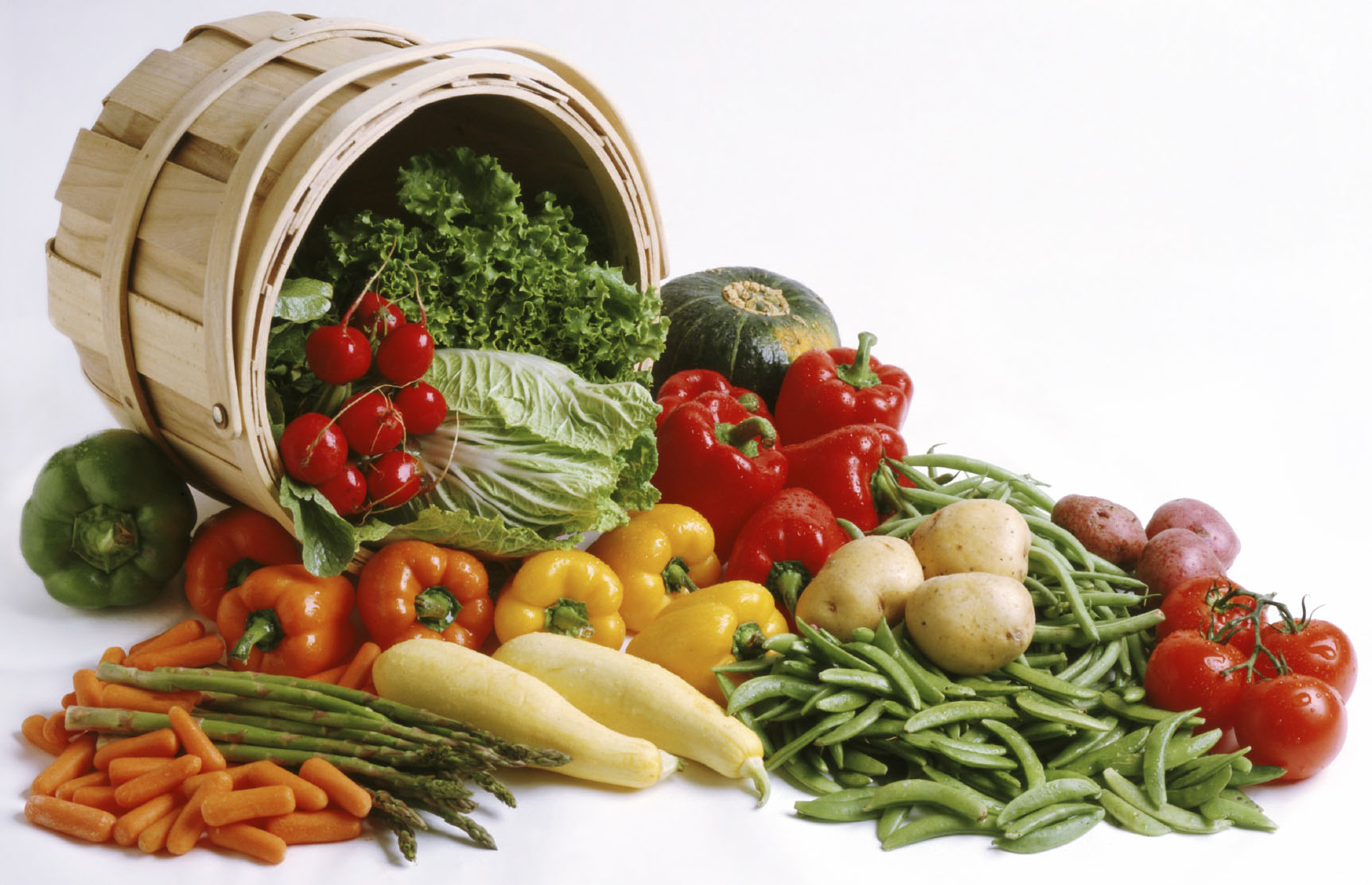Why consider sustainable food

Food choices contribute significantly to an individual's personal carbon footprint. In fact, food is the single biggest carbon contributor for the majority of people.
What gives food a high carbon footprint?
- Animal products
Approximately 60% of greenhouse gases produced from food are generated from animal products. - Travel
Many foods these days are very well travelled. Often foods which can be sourced locally have come from overseas. Foods that are out of season locally have to be transported from another climate which usually involves many food miles. - Processing
Food processing consumes energy, water and valuable resources whilst producing a product that needs to be packaged, transported and stored. Refrigeration and freezing consume energy and processing plants generate waste which then requires further processing. - Farming practices
Artificial pesticides and fertilisers emit greenhouse gases through their production, packaging and transport. These chemicals contaminate water supplies and soil. - Harvesting practices
Harvesting without concern for ongoing survival of plant and animal species leads to endangerment of species. - Business practices
Ethical farming and fair terms of trade support sustainable businesses, particularly in developing countries.
How do your food choices influence your ecological footprint?
Find out how big an impact your food choices have in your own ecological footprint. Assess your personal Ecological Footprint online.
Why think about food?
Here are some statistics from the Australian Conservation Foundation's Consumption Atlas on how sustainable our consumption behaviours are:
- Food is the biggest contributor to personal greenhouse gases (28.2%), well ahead of electricity (12.8%) and transport (9.0%). Electricity and transport are the biggest contributors to workplace greenhouse gases.
- Food amounts to over 48% of all items consumed by St Lucia residents.
- Up to 1/3 of food is thrown away.
- Simple, unprocessed foods generally require the least amount to water and energy to produce. They are also the healthiest!
- Agriculture occupies 62% of Australia's land mass.
What you can do
What you can do
- Have a meat free day each week
- Purchase fresh, local and seasonal foods
- Minimise your consumption of processed foods
- Consider sustainably harvested foods such as pesticide free, organic or fair trade
Ask yourself these 5 quick questions next time you are purchasing food...
- Is this food organic and has it been harvested sustainably?
- Is my food well travelled?
- Has this food been processed?
- What sort of package does this food come in?
- Has this product come from an animal?
